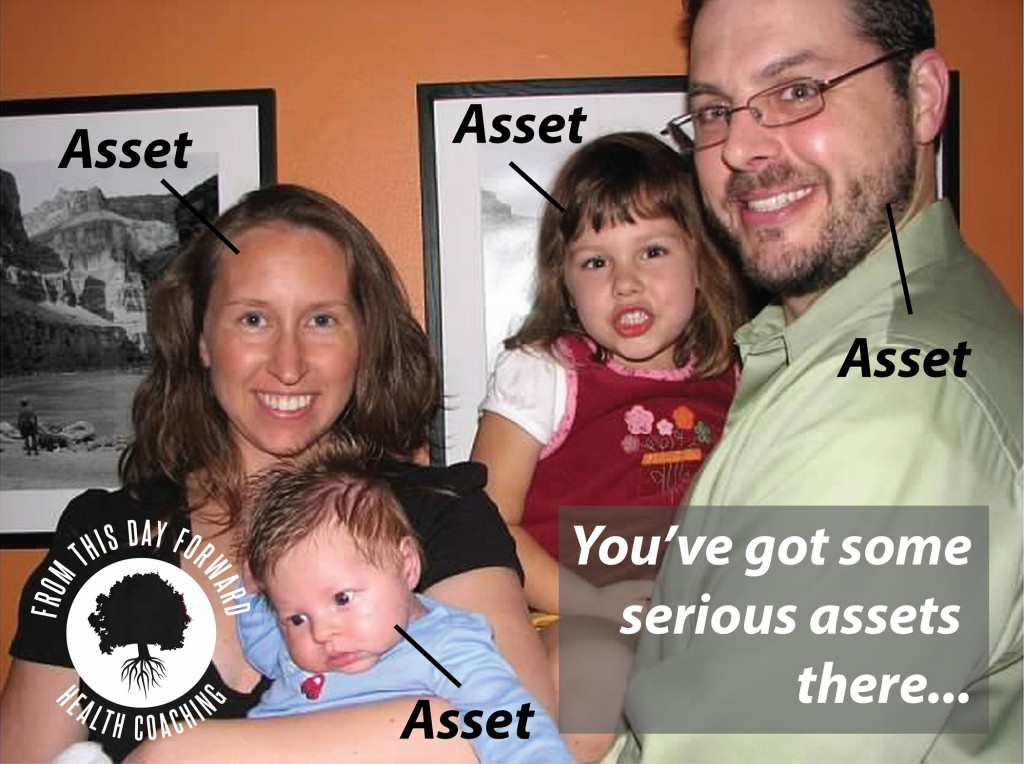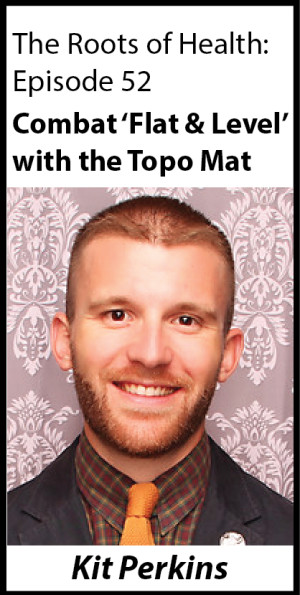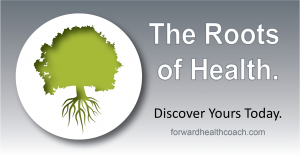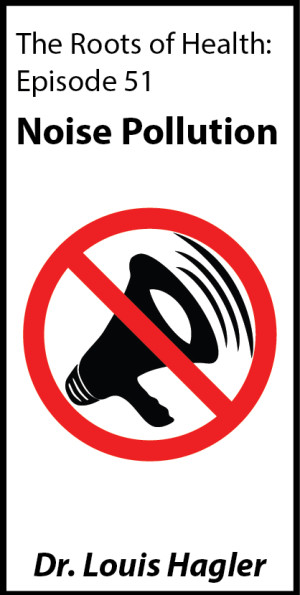[I’ve just sent this post out via my monthly newsletter – and wanted some more eyes to see it, so here ya go]

Let’s pretend that the day you were born, you had a bank account with $200,000 dollars in it… all to yourself.
Two Hundred Thousand Dollars, born with it. Score.
So, you begin your journey in life… dipping into this account to buy clothes, to buy books, to buy food, to buy experiences… to assist you in living life. Actually, you feel pretty rich when you’re young, right? I mean $200,000 is an entirely different game than the tooth fairy is playing.
But as you get a bit older, you realize this asset is finite. This bank account makes a bit of interest… but not nearly enough to keep you from eventually going bankrupt. You might consider investing some of this money to earn a higher return, you might even consider hiring a financial advisor to help you to grow this money.
Oh, and you’ll most likely work a job as part of your financial strategy. In fact, your entire educational paradigm might revolve around earning a stable income, because hey, money is where it’s at.
Fast forward a few more years and you might get creative or change your perspective with respect to money along the way. You might re-prioritize things. Asking yourself, “What do I really need this for?” or “What’s the best use for this money?” (This is something your advisor would definitely prompt you to do – in the name of planning).
Bottom line, it’s an asset. We generally know what to do with assets. We can grow them, we can maintain them, protect them, or we can use and deplete them. Sort of depends on your goals, your financial knowledge, your risk tolerance, your willingness to learn for yourself or to reach out for help…
Do you see where I’m going here?
We ARE born with our very most important asset. Our health. Without our health, we are less likely to be able to grow or maintain any other assets in our lives. The challenge here is that, while you can know exactly how much money is left in the bank, there is no easy way to measure the balance of your health – until you start losing it.
Young bodies are resilient, they can withstand a lot of abuse. In fact, in our youth, we constantly dipped into our very most important asset with very little re-investment… but to our young eyes, we still had a huge pile of health left. We required instant gratification, with little thought to any long-term strategy of growing or maintaining health, with little thought to our future selves.
Fast forward to a time when you may be ready for your body to create new life. These days, pregnancy has been delayed later and later in life – while we figure out our own relationships, wants, needs, responsibilities, and work to have monetary assets on hand to raise babies. I had my first child when I was 30 – and I know many families that didn’t welcome kids into their home until closer they were closer to 40 or even 50.
Ironically though, fertility begins to decline after age 30. So, when we’re finally ready, our bodies are saying to us, “yeah, screw you”.
My body told me this – loud and clear – we had to see a reproductive endocrinologist, a.k.a. the egg whisperer, to conceive our second child – and I was only 33.
BUT, if you’ve been managing your (health) assets properly, you are more likely to build healthy families later in life… AND to recover from childbirth more fully.
What does this mean? How do you manage your health assets properly? That is the $64,000 question. 
Here are a few big ideas worth sharing.
Step 1: Awareness.
Seriously. And this is a challenge. Because most of us figure this out too late in life. We suddenly become aware of our health only when it's deteriorating. Crap. If you are reading this, you need to forward it to someone young and invincible. Create awareness... let me be the bad guy if you have to. Why do we know more about money and material stuff and medicine than we do about the needs of our own bodies?
So, simply put - this is your what. We need to recognize that we have health to maintain, and that we have a pivotal role in that.
Step 2: Perspective.
Also a challenge. We sort of gain more perspective as we age, right? How do we cultivate perspective when we're young? Oh there are so many ways. All of them require unplugging and observing real life. By experiencing real life. We can gain perspective by helping others... We can gain perspective by jumping out of our comfort zone, we can gain perspective by traveling, by meeting new people. We can lose perspective by doing what we've always done in the same place day in and day out.
So, simply put, this is your how. We need to be able to see that what we do everyday - has consequences for our health outcomes decades from now.
Step 3: Self-love.
You can be aware, even have a great perspective, but without really caring about the person that you are, well - there go your chances of growing or maintaining health. Maybe this should be Step 1. It's so important to cultivate this. This means that you can look at yourself - inside and out, and love what you see, love what you feel. This means that you know that you're worth it, this means that you have empathy for your body and mind. That you have some extreme self-care in place, that you prioritize you, prioritize life.
So, simply put, this is your who & why. It's you, because you love you - and that's why.
Step 4: Curiosity.
Curiosity, flexibility, willingness to change or consider new ideas. An ability to hear a new idea and say, 'Isn't that interesting!' rather than 'No way, I don't buy it.' It's pretty vital to your health to be able to cultivate your inner explorer/scientist AND to allow your instinct to have a voice. This skill is particularly important to counteract the pull of media and advertising, two market-driven forces that don't necessarily have your best interest in mind.
With awareness, perspective, self-love, and curiosity in place, you will do the best that you can for yourself and your health. The one-right-way to manage your health is the way that is most true to you.
Do you have these things in play? Which piece is the most difficult for you?
I'd like to thank a new friend, Christie at Forward Fertility, for planting this analogy in my head the other day... if we only viewed our health the same way we view our financial assets, then we'd be more proactive about growing & protecting it.
 Click here to go right to the show in iTunes or on WebTalkRadio.net.
Click here to go right to the show in iTunes or on WebTalkRadio.net.


 Click here to go right to the show in
Click here to go right to the show in 
